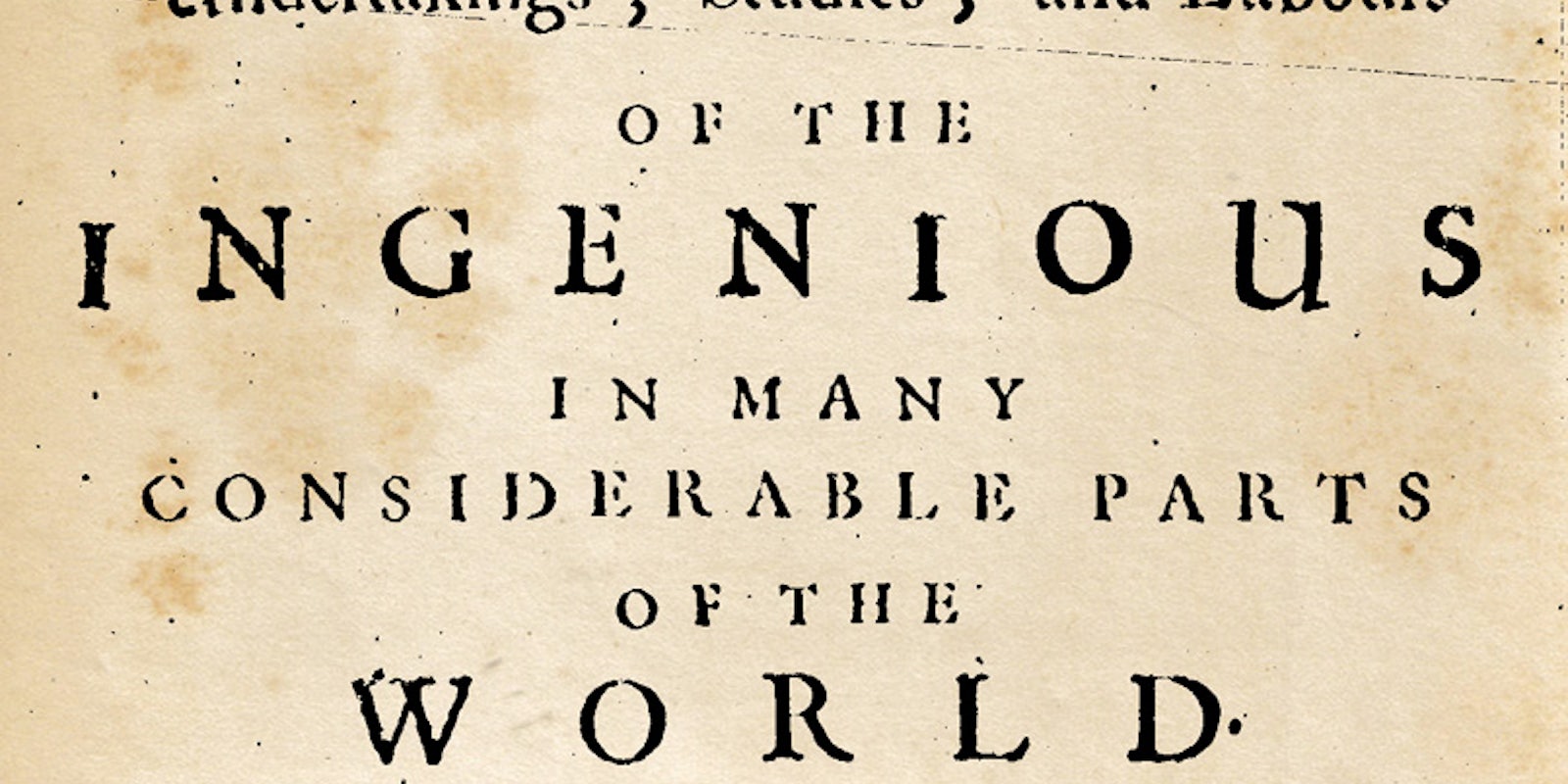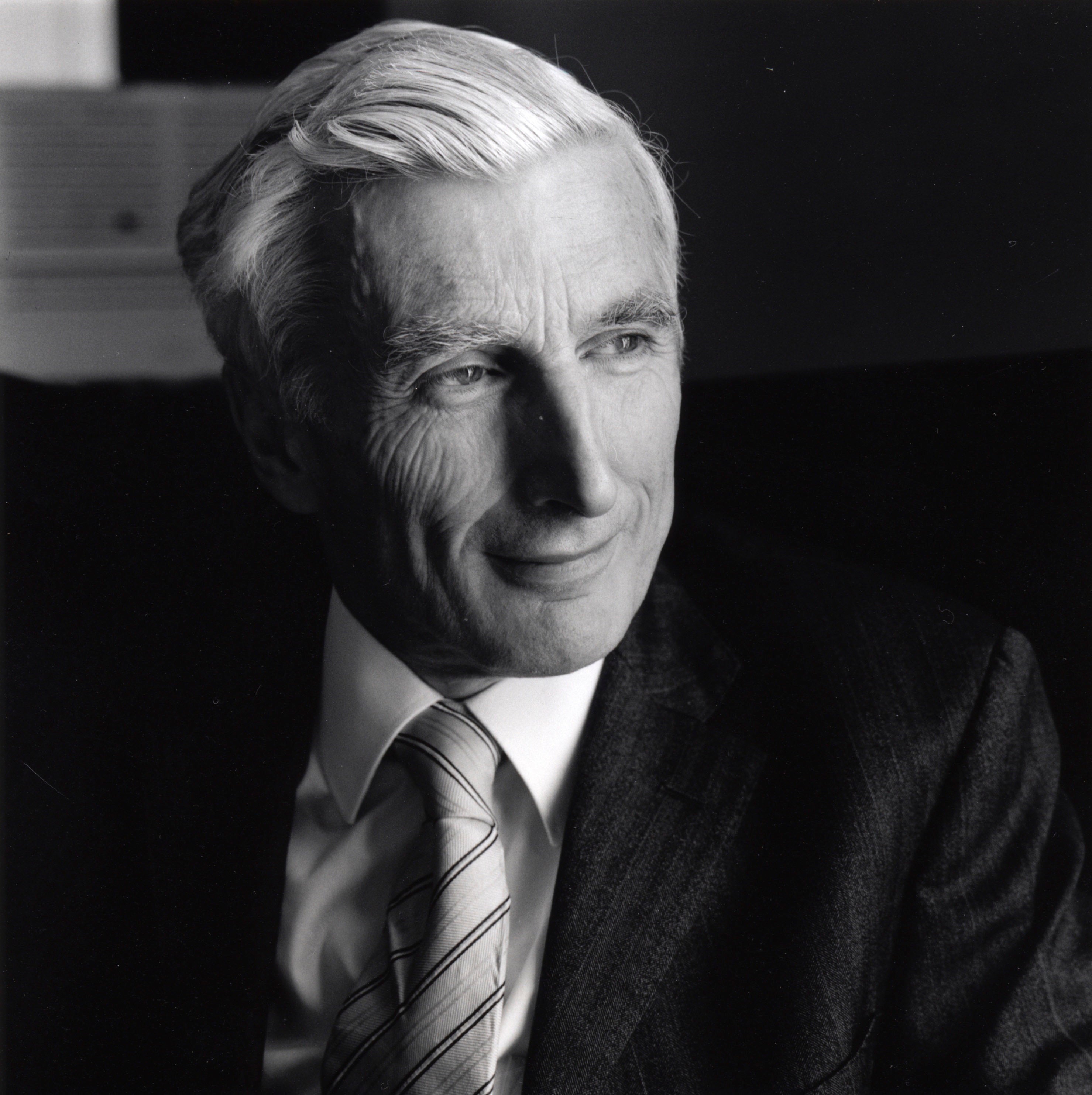 By MARTIN REES
By MARTIN REES
Martin Rees is a cosmologist and astrophysicist. He is Master of Trinity College, Cambridge University, a member of the House of Lords, former president of the Royal Society, and recipient of the Isaac Newton medal. Rees’ most recent book is From Here to Infinity (W.W. Norton, 2012).
The Internet has transformed the way science is communicated and debated. It changes how research is done, what might be discovered, and how students learn.
This isn’t the first such transformation. Take another landmark period in science: the early days of the Royal Society in the 1660s. The Society appointed as its Secretary Henry Oldenburg. Oldenburg was German by birth, though he lived most of his life in England. He was a prodigious correspondent and developed a vast network of contacts all over Europe, writing and receiving hundreds of letters on all aspects of “natural philosophy”—what we now call science.
Oldenburg soon detemined that letter writing was not the most efficient way to communicate with his large network. He decided to start a publication and entitled it “Philosophical Transactions.” The first issue was published on the 6th of March, 1665. This modest quarto pamphlet of just 16 pages can justifiably claim to be the world’s first scientific journal.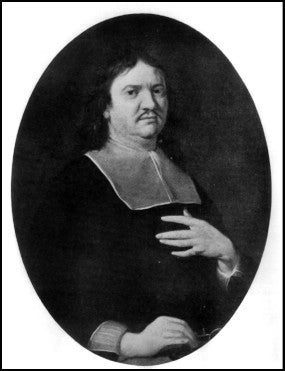
That other important pillar of academic publishing that we still have today—peer review, wherein fellow scientists review and determine a paper’s accomplishments, credibility and standards—also started with Oldenburg. The workload of assessing each manuscript soon became too great for him to shoulder alone, and so he recruited various colleagues and contacts who were experts in a variety of subjects to help.
What began as an entirely practical work sharing system laid the foundations of peer review: still the only accepted procedure whereby scientific ideas are criticized, refined, and codified into public knowledge.
The dusk of the journal
“Philosophical Transactions” has remained in continuous publication since 1665. Over the centuries, it has published Isaac Newton’s researches on light, Benjamin Franklin’s experiments on lightening, reports of Captain Cook’s expeditions, Volta’s first battery, and set the writing style for the tens of thousands of academic journals published today—what scientists call “the literature.”
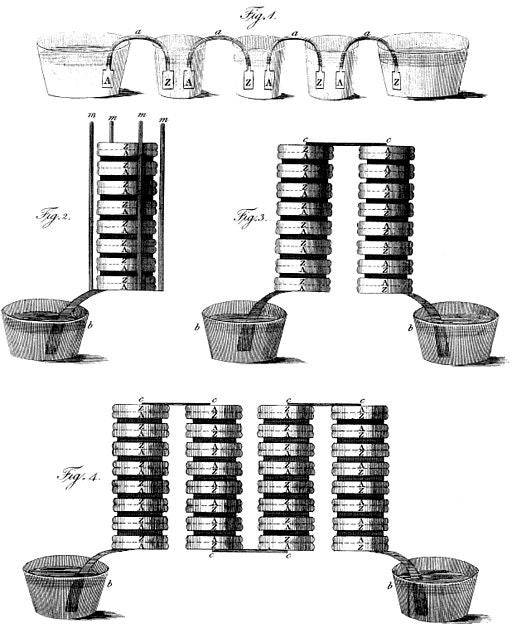
Journals were plainly a big advance in the 1660s: a real step change in the efficiency of communicate discoveries across Europe. But it’s equally clear that they are becoming anachronistic in the age of Zuckerberg. What should replace them?
As a first step, scientists now have online journals, offering vastly greater ease in the ability to track down published research. The ability to search for articles simply and rapidly using subject keywords, authors, or just free text has opened up much wider access to all research resources.
However, most journals today require membership or subscriptions, the costs of which are often not insubstantial. Scientific information and ideas should be absolutely and freely available to everyone—including those with no academic affiliation. We’re closer to that ideal in some subjects than in others.
Reaching for open access
My field, physics and astronomy, is fortunate enough to be there. That’s not because the journals are open access—they’re still not. It’s because of a well-established and well-organized web archive, arXiv, that was started in the 1990s by Paul Ginsparg, first at Los Alamos and now at Cornell. Most of us still submit papers to regular journals. Now we also put them on the archive, and get faster (and often better) feedback from readers of the archive than we do from the lengthy and formal journal referee process.
In establishing this archive, Paul Ginsparg established a new model for communication for the whole of science. I personally look at the archive every day, and far less often at actual journals. However, most scientists still value the peer review provided by “traditional” journals, and want their papers to appear in one—for accreditation and archival reasons, rather than for higher numbers of readers. (Someone once told me that the mean number of readers of a paper in a scientific journal was 0.6. An even more cynical colleague wondered if that included the referees).
Web archives and open access electronic journals have leveled the playing field between different countries, between small and large institutions. They have also enormously broadened participation. When I was a student, we depended on printed journals, and I was fortunate enough to be at a large institute with a good library: one that also was on other institute’s mailing lists, and received preprints of important papers. What a contrast with a student at a small institution in, say, India, who would get journals months after publication and wouldn’t be on preprint mailing lists at all.
The “open access” issue is now being overtaken by new media developments. Traditional scientific publications are no longer the sole the dissemination of scientific results. Blogs and wikis are becoming a bigger part of the literature. It is not obvious that the traditional scientific paper will (or should) continue as the prime vehicle for communicating science and codifying the consensus.
Even the accreditation role of journals—that is, allowing scientists to establish research records and therefore their own career advancement—may one day be trumped by a more informal system of quality rating. That system might be signaled by the approbation of discerning readers; something like the grading of restaurants by gastronomic critics, by serious, scholarly blogs, or by (non-anonymous) Amazon-style reviews.
Citizen science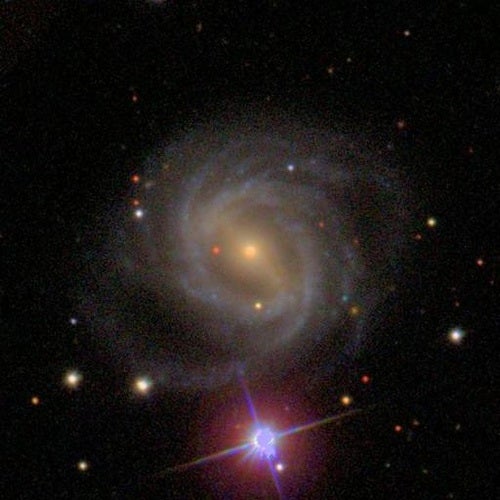
The great democracy of the Web is only one of the ways which is transforming how science is being done. Massive and powerful computer networks are transforming the way science is done. We all now have greatly enhanced capabilities to analyze huge data sets. Data mining, mashing, etc will offer new routes to discoveries. Indeed this will be a new kind of science. Some discoveries, such as drug design, will be made by ‘brute force’ rather than by insight.
Unlike in the past, all of these discoveries can be made by people based anywhere in the world. In the old days, astronomical information was stored on delicate photographic plates: these were not easily accessible, and tiresome to analyze. Now such data (and, likewise, large datasets in genetics or particle physics) can be accessed and downloaded anywhere, by anyone. Experiments and natural events, such as tropical storms or the impact of a comet on Jupiter, can be followed in real time by anyone who is interested.
Science is becoming a cooperative activity where amateurs around the world can join in.
One of the more interesting pioneering examples in astronomy is the Galaxy Zoo project. In Galaxy Zoo, many amateur astronomers carry out the classification of galaxies. Protein folding and planet hunting have also been aided by mass involvement of “citizen scientists.”
Wiki-style activity is also catching on in mathematics. Math used to be solitary. But the advances in understanding can be cooperative, like a group of friends completing a jigsaw—or like the development of open-source software. Mathematician Tim Gowers has a website where there is genuine collaboration in proving theorems, from all different types of people in different locations around the world.
The future of science
The progress of science will be driven by ever more immersive technology: involving large numbers of people, where propinquity is irrelevant. For centuries, the scientific paper has been the basic “publishing unit..” Why should it always remain so?
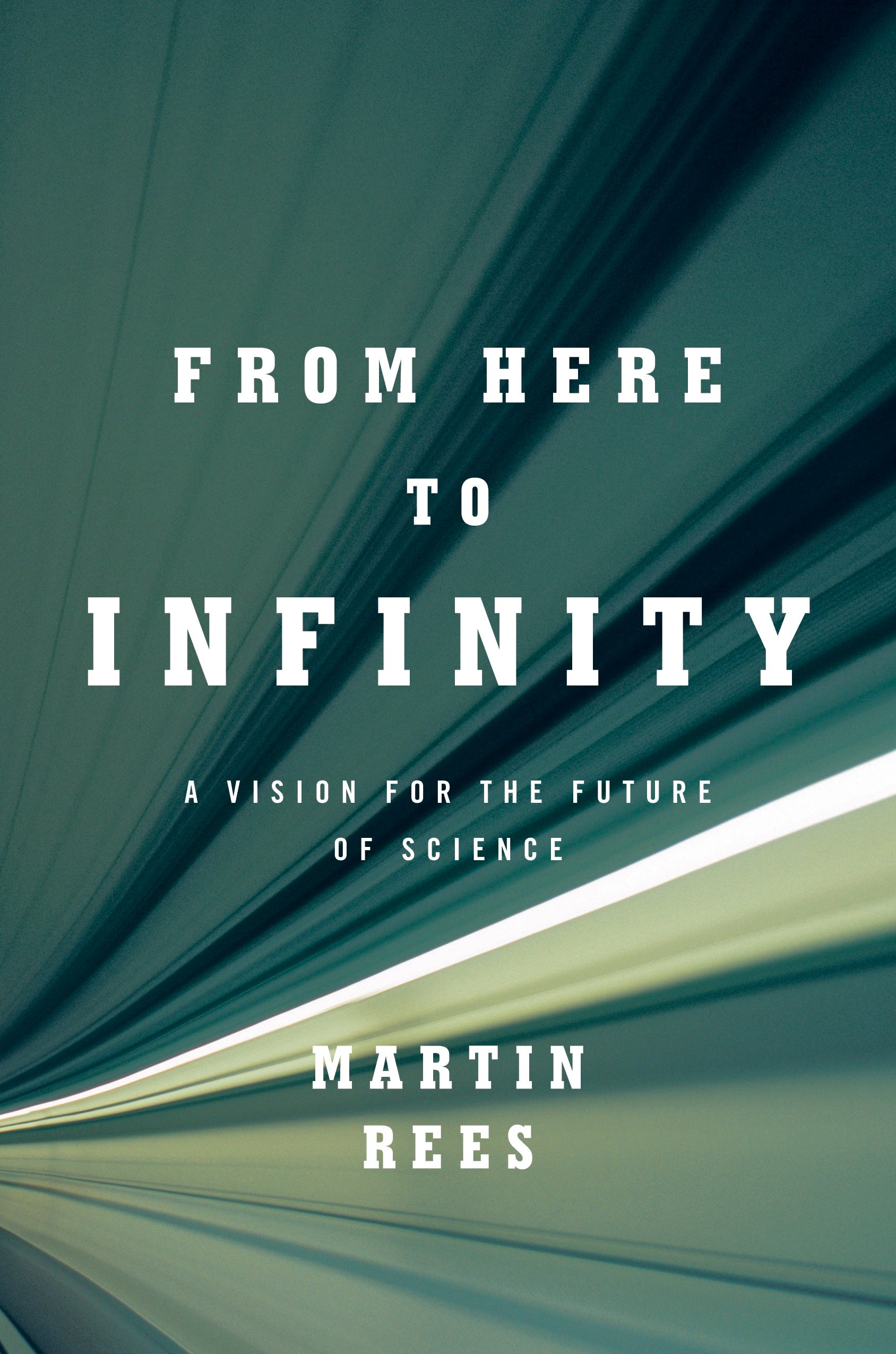 And where does education fit into this new democratic science?
And where does education fit into this new democratic science?
Traditional universities will survive insofar as they offer mentoring and personal contact to their students. It’s less clear that there will be a future for the traditional “mass university” such as those on mainland Europe and in India—where the students are offered little more than a passive role as part of a large audience in lectures (generally of mediocre quality) with minimal feedback. Instead, the Internet will offer access to an ever-growing menu of outstanding lectures and courses. The UK’s Open University, for example, will extend worldwide, using the Internet and mobile phones and supplemented by a network of local tutors and mentors.
Those with genuine passion and skill for teaching—star lecturers and classroom teachers alike—will have a global reach.
Considering the breadth of opportunities that have opened up within the last 20 years, it would be foolhardy to try to predict what will happen in the next 20. One thing we can predict is that the intellectual center of gravity will have shifted towards Asia: We’ll see the end of a 400-year period of European and American hegemony, and quite probably the end of some of Oldenburg’s traditions.
That should give us all an added incentive to ensure that new science is even more globalized, and that new technologies are adapted to spread science and culture ever more widely.
This column is part of The Way We Think series. What happens when you get past the buzzwords and take a broader look at what the Internet is actually doing to transform our culture, our research, our tastes, and our ideas? In this series, the Daily Dot will publish major thinkers and fresh voices from diverse areas of our intellectual and cultural lives—science, literary criticsm, photography, food blogging, biology, art history, wine, travel—on how our world is changing in concrete terms because of the Web.
Photos by Lucinda Douglas-Martin, Magnus Manske, via User:Kurzon, Gwydion M. Williams
